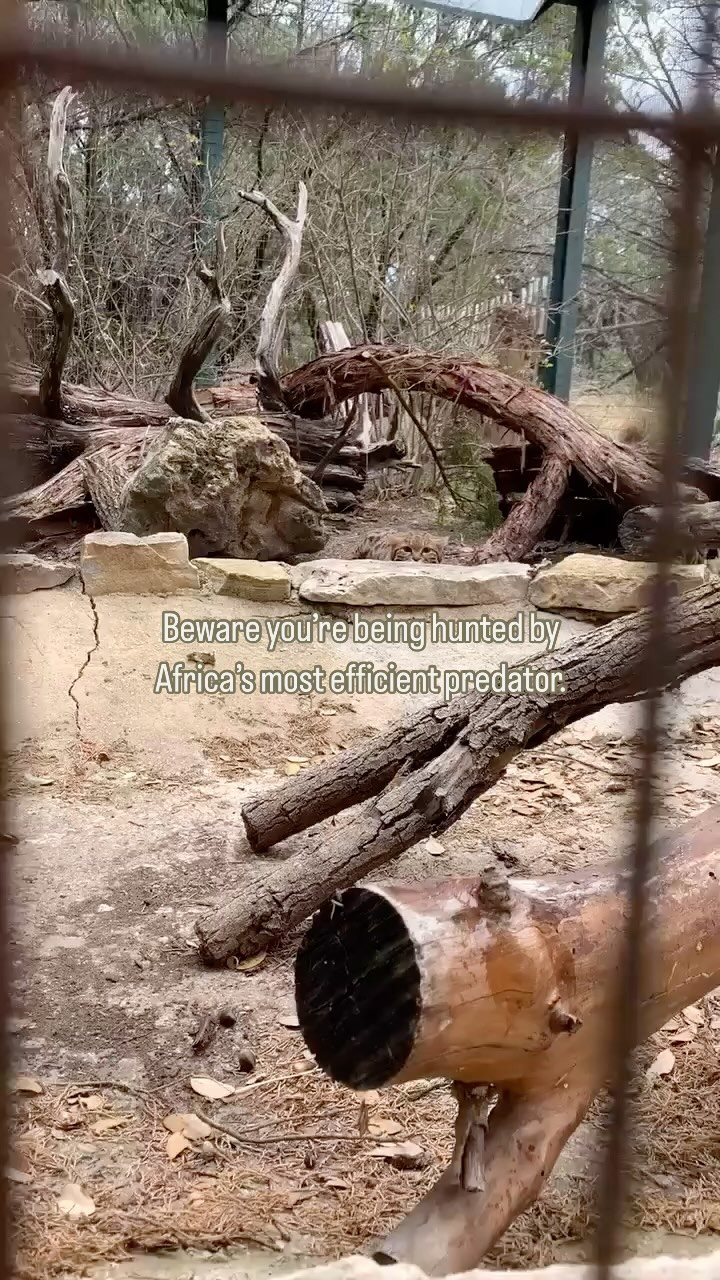- Insights into the extraordinary predatory adaptations of creatures weighing almost 4 pounds.
- Understanding the high metabolism that fuels their predatory efficiency.
- Exploration of their impressive travel and hunting behaviors, including their ability to cover long distances.
- Discussion on the implications of these adaptations for wildlife conservation and management.
- Examination of the balance between predator efficiency and ecosystem health.
In the intriguing world of zoology, understanding the mechanisms that make certain animals so effective in their environments is both a pursuit and a necessity. One such creature, weighing in at an astonishing 4 pounds, captivates scientists and enthusiasts alike with its predatory prowess. The efficiency of these predators is largely attributed to their impressive metabolic rates, which fuel their relentless hunting expeditions. This article delves deep into these extraordinary adaptations, their implications for ecosystem balance, and the broader impacts on wildlife conservation and management.
First, let’s explore the metabolic marvel that propels these predators. High metabolism is a crucial factor in the success of many predatory species, converting energy efficiently and rapidly enough to sustain extended periods of activity. These creatures demonstrate exceptional metabolic capacities, allowing them not just survival but dominance in their respective food webs. Their ability to quickly metabolize nutrients ensures they have the energy required to cover extensive distances—up to 10 miles in a single pursuit—and complete hunting cycles every 30 to 50 minutes, a feat that underscores their relentless nature.
What makes these predators truly fascinating is their impressive range and agility. Traveling up to 10 miles to locate and secure their next meal requires not just endurance but also an acute sense of navigation and precision hunting skills. This behavior showcases the evolutionary adaptations that have honed their senses and physical capabilities, allowing them to thrive in various environments. These long-distance pursuits are not random but rather calculated, as these predators have developed an innate ability to assess the terrain and choose the most efficient paths, maximizing their likelihood of capturing prey.
The implications of such remarkable predatory behavior extend beyond the immediate sphere of hunting. In the realm of wildlife conservation and management, understanding the dynamics of predator-prey relationships becomes essential. These creatures play a pivotal role in maintaining ecological balance, preventing overpopulation of certain species and fostering biodiverse habitats. Effective management strategies must consider these natural checks and balances, which support the health of ecosystems. By studying these predators, conservationists can gain insights into preserving not only specific species but also broader ecological systems.
Balancing predator efficiency with ecosystem health presents a complex challenge for wildlife management. The predatory habits of these 4-pound powerhouses influence various trophic levels within their environments, from primary consumers to top-level predators. Any disruption in their activity—be it through habitat destruction, climate change, or human interference—can lead to unforeseen consequences. Conservation efforts must focus on protecting the natural habitats of such species, ensuring they continue to perform their ecological roles effectively. Preservation of these environments not only supports the species themselves but also the myriad other organisms that rely on these predators to maintain balance.
To fully appreciate the significance of these predators, one must also recognize the delicate interplay between their evolutionary adaptations and their ecological roles. Each adaptation, from metabolic rate to hunting strategy, reflects millions of years of natural selection. These traits enable them to be exceptionally efficient predators, contributing to the stability of their ecosystems. For wildlife managers and conservationists, the challenge lies in safeguarding these natural processes against anthropogenic threats, ensuring that these creatures can continue their vital ecological functions.
An in-depth understanding of these predators offers invaluable perspectives into the natural world. By examining their metabolic efficiency, travel and hunting behaviors, and the broader ecological context, we gain insights into the wonders of evolutionary biology and wildlife conservation. As stewards of the environment, it is imperative to recognize and support the natural roles of all species, from the smallest insect to the largest mammal, in order to foster a thriving and sustainable world.
*****
Source Description
Terrifyingly they weigh almost 4lbs! 🙀
The reason they are such efficient predators mostly has to do with their high metabolism. They can travel up to 10 miles and complete a hunt every 30 to 50 minutes.


